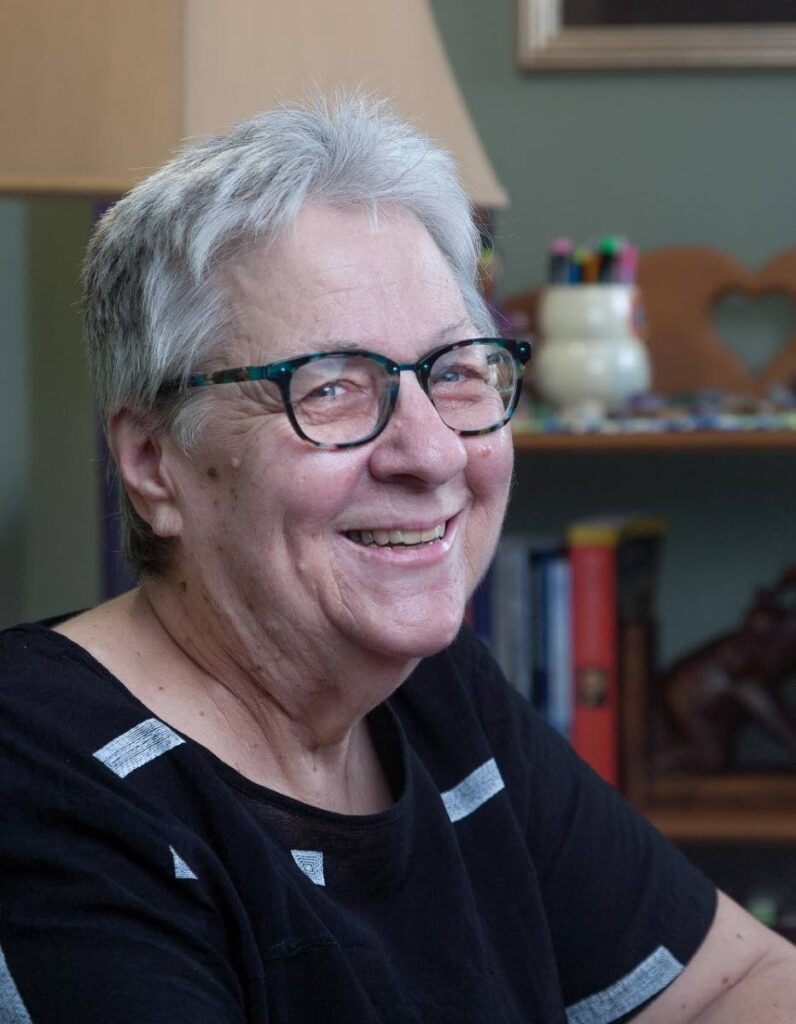Embracing the rainbow

Debbie Jacob
I WOULD like to say that I never expected to be in the position of defending rainbows, but my job as a librarian required me on a couple of occasions to stand up for the old adage, “You can’t judge a book by its cover.”
That was the case recently when calls to ban the children’s picture book I am a Rainbow! by Mark Kanemura flooded social media and resulted in a petition with 30,000 signatures the last time I checked. Of course, 30,000 copies of the book haven’t been sold, which means most people have not read the book they want banned.
Today I stand up for this book and your right to protest against the book. I also take a firm stand against banning books. Every book must be judged in its entirety and on its literary merit. You might not agree with something in a book, but it’s important to protect freedom of speech – the foundation of any democracy – and the rights of others who don’t agree with your opinion about a book.
I Am a Rainbow! is the story of a boy who loves acting, dancing and creating costumes. At home, he feels loved and accepted, but in school he doesn’t fit in. His parents tell him, “The world is a rainbow totally made up of a billion colors. And your light is totally unique.”
The rainbow cape his parents buy gives Mark confidence, makes him feel like he has superpowers and helps him to find a group of children different from the ones in school. Finally, he fits in. When his cape goes missing, Mark fears his new friends will reject him. But they say the cape doesn’t define him. They like him for his personality – not because of the cape.
The picture book, recommended for ages four to eight by Little, Brown and Company, a reputable US-based publisher, has fun and lively illustrations by Richard Merritt that depict a joyful child struggling with themes and conflicts – family, friendship, acceptance and self-identity – which every child faces.
The book raises many important questions. How do we find joy, and how do we accept our differences? How do we discover who we are and express how we feel? Is it important to conform to a group or is it more important to be an individual with your own opinions?
The author, born in Honolulu, Hawaii, lives in Los Angeles, California, where he works as a dancer, teacher and entertainer. The jacket of the book says he has performed with Katy Perry, Janet Jackson, Beyonce and Lady Gaga. Kanemura says this is an autobiographical book. In the preface, he says he would have advised his younger self that everything is going to be alright. “Just be yourself. Be an individual.” Kanemura is an LGBTQIA+ advocate.
Those are the facts about the author. What matters most is the merit of the book. It does not push any agenda or address gender or sexuality in any way. It is not pushing any kind of identity on children. Kanemura’s story merely says we’re all alike in our need for acceptance, and we’re all individuals.
What is most remarkable about the story is how the author uses the rainbow cape. Yes, the LGBTQIA community has adopted the rainbow as its symbol, and people in that community will find hope, inspiration and acceptance in a rainbow that symbolises their movement. But that doesn’t mean that any child shouldn’t be able to appreciate a rainbow or a rainbow cape.
If my children were somewhere between four and ten, I would read this book to them and have discussions about symbols, rainbows, fairness, inclusion, tolerance for anyone who is different and finding their place in a diverse world. I would stress that everyone should be treated equally. Fairness is important.
These are important discussions to have with children. Avoiding difficult or uncomfortable issues that children feel but have difficulty expressing doesn’t make them go away.
Banning a book isn’t a solution either because it only piques people’s curiosity and makes a book more popular. You can’t erase a book. Once it exists, people will find it. I can’t see how we could ever ban a book about rainbows and a rainbow cape in this country – a place that the late South African Bishop Desmond Tutu called “a rainbow country” when he visited and noted our ethnic diversity.
Rainbows belong to all of us, and I thank Kanemura for reminding us of that.


Comments
"Embracing the rainbow"